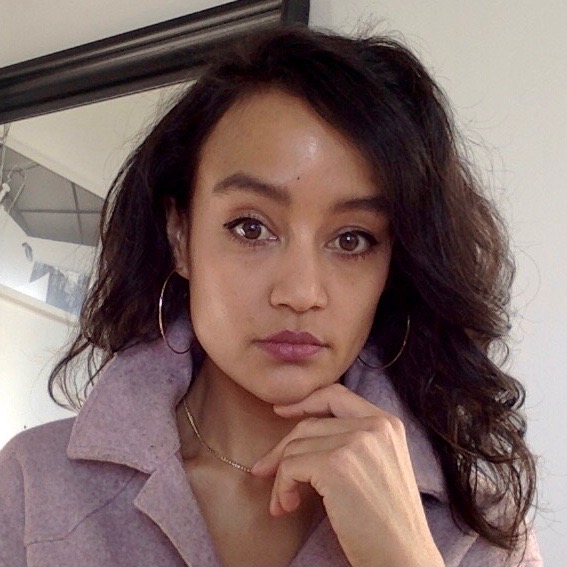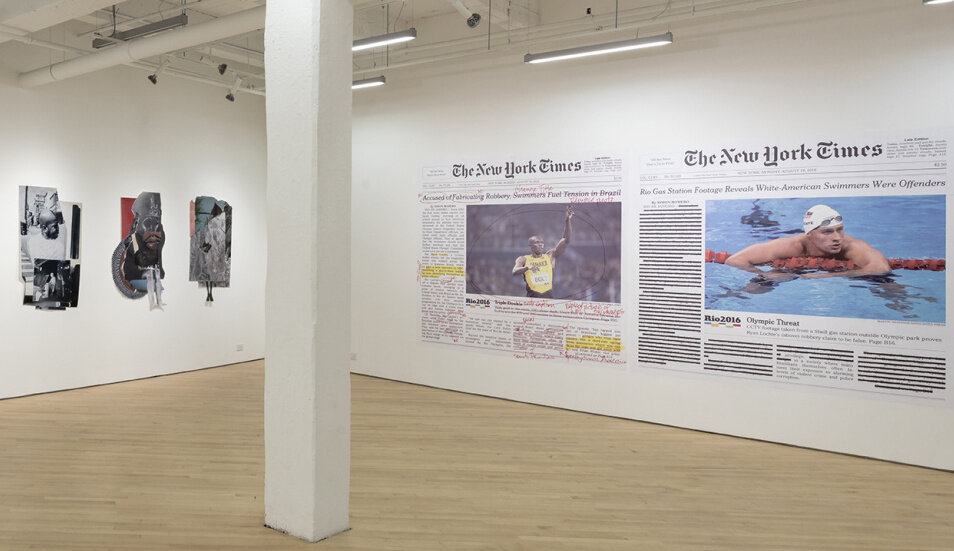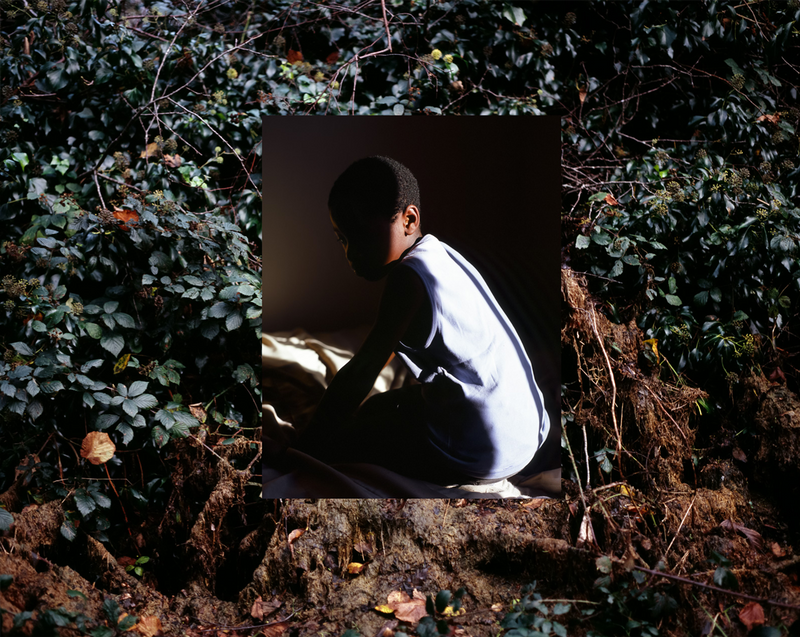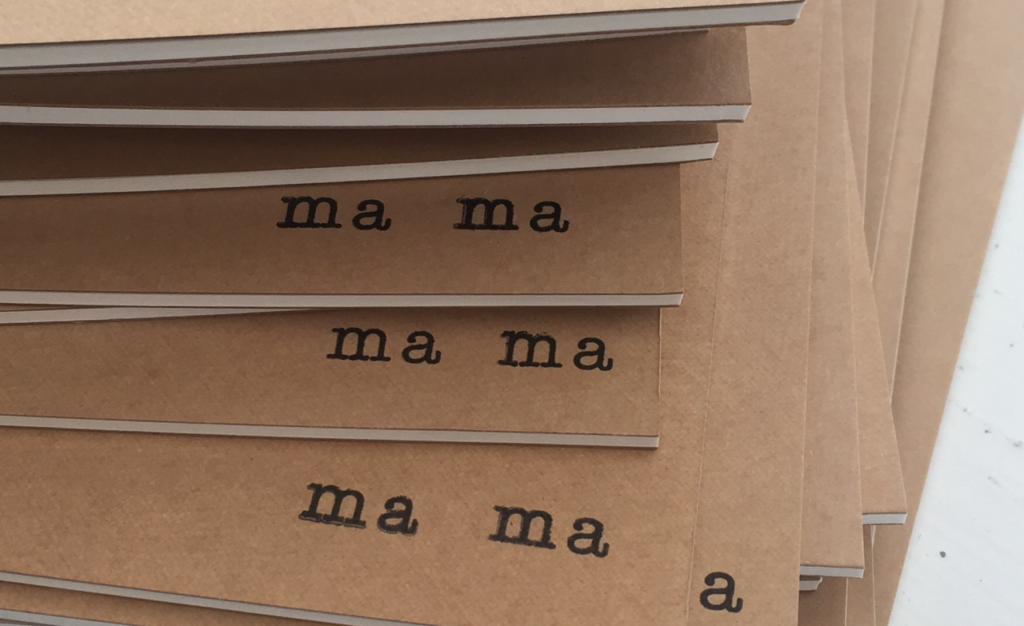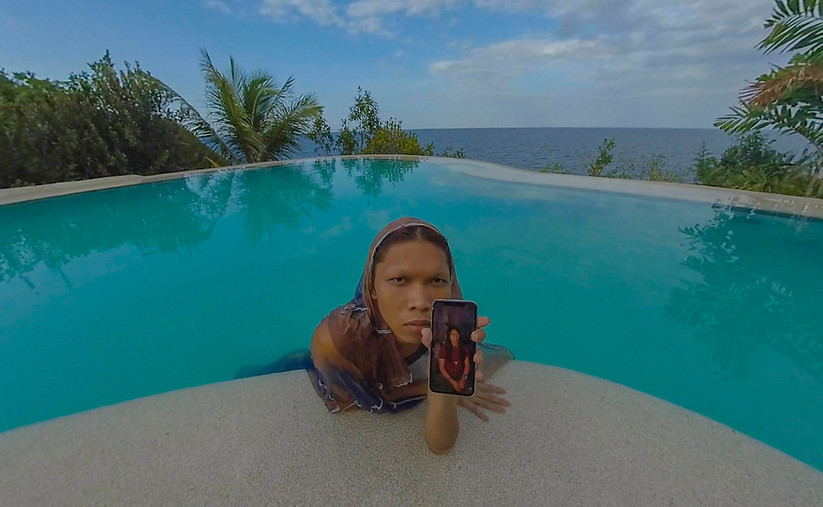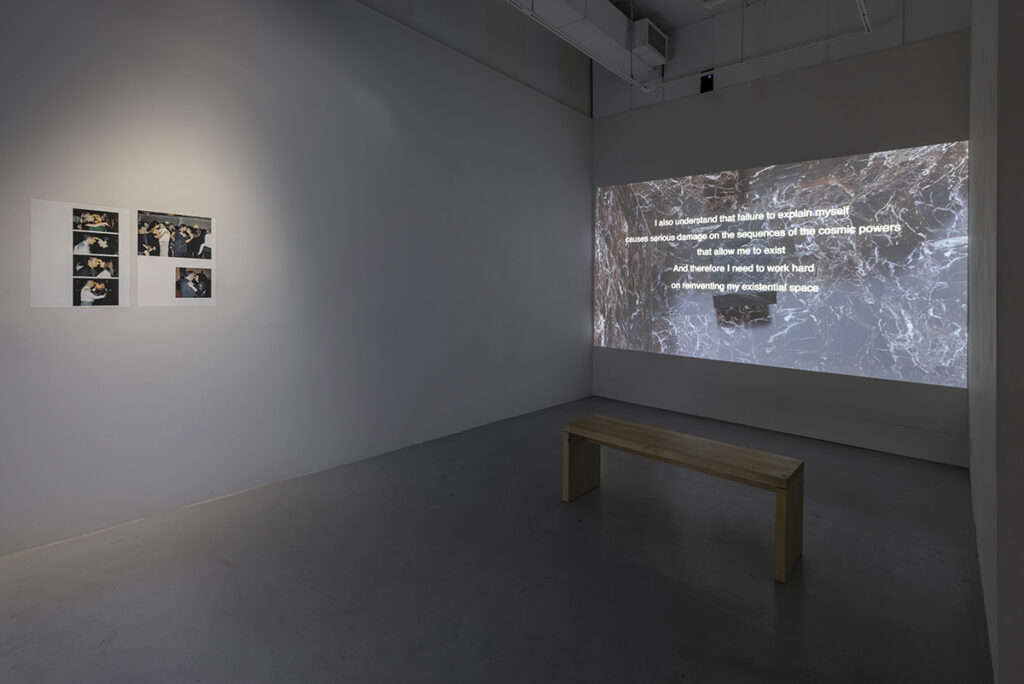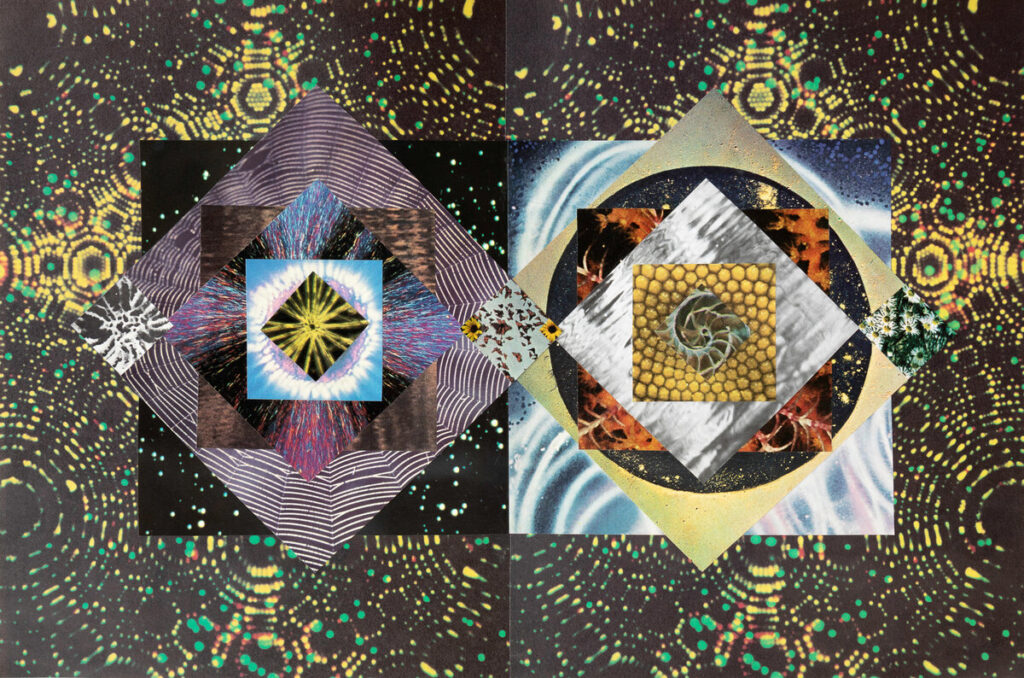Interview with Heather Canlas Rigg (HCR), Artistic Director of Scotiabank Contact Photography Festival (CONTACT) by Phil Anderson (PA)
Heather Canlas Rigg
PA: Congratulations on your recent appointment as Artistic Director of Scotiabank Contact Photography Festival. I understand you have returned to the CONTACT after having worked there earlier in your career. What was your prior role at the Festival?
HCR: In my prior role I managed exhibition logistics, wrote and edited curatorial texts, worked with designers on the Festival’s publications, and assisted with communications and programming. I also curated public art projects and exhibitions in the CONTACT Gallery.
Installation view of An unassailable and monumental dignity, CONTACT Gallery, September – November, 2018. Photo by Toni Hafkenscheid
PA: You have curatorial experience with artist-run centres such as Gallery TPW and Gallery 44. How do you see this experience as helping you in your new role as Artistic Director of the CONTACT?
HCR: Working with artist-run centers has been vital to my curatorial practice, as the ethos of these small-scale institutions is to be artist led, work from the ground up, and nourish artists’ practices. It is important to me to always try to work with artists in a generative rather than a transactive manner. This is, of course, sometimes easier said than done, but as I said, it’s something I always want to work towards. It can be done by talking with artists about what they need and desire and with colleagues on a regular basis about how the institutions we work with can best support artists. I hope I can bring this thinking and way of working to all of the spaces I work with.
Both TPW and Gallery 44 approach exhibiting the medium of photography in the same way I do, with an expansive understanding of lens-based media.
Eve Tagny, Renewal, 2014, from Lost Love – Saisons futures, Gallery 44, September 13 – October 26, 2019
PA: I have noticed some younger photographers return to analog photography. Do you think this is just a backlash to technology – perhaps a fad – or do you think there is a serious return to film?
HCR: I like to think that analog photography and film have always been alive and well, and that it always will be! However, it can definitely be costly and you need a darkroom and a lot of resources. Gallery 44 is such an important part of the community because of their accessible analog facilities and resources.
PA: You are part of the curatorial collective ma ma. This experience seems like one that might influence your artistic direction in CONTACT. Will the subjects of matrilineal knowledge, feminism, and intersectionality be seen in the artistic direction of CONTACT as well as others?
HCR: Absolutely! Those are topics that are integral to us both as a collective and to my personal practice. I can’t imagine approaching arts programming without being relentless about intersectionality every step of the way.
ma ma | in residence, Fast Forward: Speculative Institutions, Mercer Union, April 12 – June 28, 2021
PA: As an educator of contemporary photography at Toronto Metropolitan University, how do you see the role of photography changing as an artistic practice?
HCR: Artists are great at embracing new technologies and using them in surprising, poetic, and unintended ways. I like discussing with students the history of photography within the art world; many of the lens-based institutions I have worked with began around 40 years ago or so because artists wanted to create spaces to have dialogue about and exhibit photographs. This was important at that time because photography wasn’t included in the “mainstream art world” in the way it is today. Now, when visiting museums, galleries, and biennials, films, videos, photographs, and artworks created with camera technology are often the most dominant materials exhibited.
Stephanie Comilang and Simon Speiser, Piña, Why is the Sky Blue? virtual reality still, 16mins, 2021 (Courtesy of the artists) from Piña, Why is the Sky Blue? Gallery TPW, September 9 – November 5, 2022
PA: As a curator how do you seek out artists and photographers that you would like to see become part of CONTACT?
HCR: I come across artists I am interested in working with everywhere, really! Online, in exhibitions, through readings, through recommendations, or through film screenings. I love reaching out to artists to talk with them to get to know more about their practice. It’s always so nice to share and exchange ideas without necessarily having the intention to work with them in an institutional setting. Artists can be the best interlocutors.
Installation view of A Big Heritage with a Glorious Past, Critical Distance, February 13 – March 29, 2020. Courtesy of Critical Distance
PA: How have you seen the role of new technology impact CONTACT?
HCR: CONTACT exhibits moving images, sculpture, and other mediums in conjunction with photography. However, I would love to see new media, film, and video play a much more prominent role in the Festival.
PA: Years of COVID have been challenging for all art events and CONTACT has adapted well to these turbulent times. How do you see your role in programming for the Festival to help reflect these events and get past them?
HCR: I see my role as ensuring that there is immense support for local artists during a time when it is almost impossible to be an artist in Toronto because of the housing crisis, inflation, and employment precarity. This is an important conversation for our entire sector.
Maggie Groat, strange attractors, fluid flows, butterfly effects, 2022. Courtesy of the artist, work will be featured at the 2023 Scotiabank CONTACT Photography Festival, in an exhibition at the CONTACT Gallery, May 2 – June 17, and on downtown billboards.
*Exhibition information: Scotiabank Contact Photography Festival, May – and on, 2023, Various locations in Toronto.

